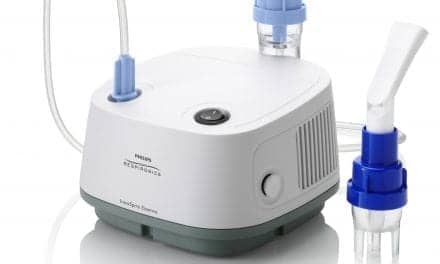According to a study published in Pediatric Anesthesia, obesity is associated with increased odds of respiratory events and more frequent need for airway intervention in patients undergoing pediatric procedural sedation. Researchers queried the to compare sedation-related outcomes, adverse events, and therapeutic interventions for obese and non-obese patients, as indicated on a Health Day news report.
The results of the study revealed that total adverse events were more frequent in obese patients. Specifically, obese patients had increased respiratory events (airway obstruction: OR, 1.94; oxygen desaturation: OR, 1.99; secretions: OR, 1.48; and laryngospasm: OR, 2.30), inability to complete the associated procedure (OR, 1.96), and prolonged recovery (OR, 2.66).
Airway interventions, including repositioning, suctioning, jaw thrust, airway adjuncts, and bag-valve-mask ventilation, were more frequently required in obese patients. In multivariate analysis, obesity was independently associated with minor and moderate, but not major, adverse events.
The authors write, “Obesity is an independent risk factor for adverse respiratory events during procedural sedation and is associated with an increased frequency of airway interventions, suggesting that additional vigilance and expertise are required when sedating these patients.”
Source: Health Day










